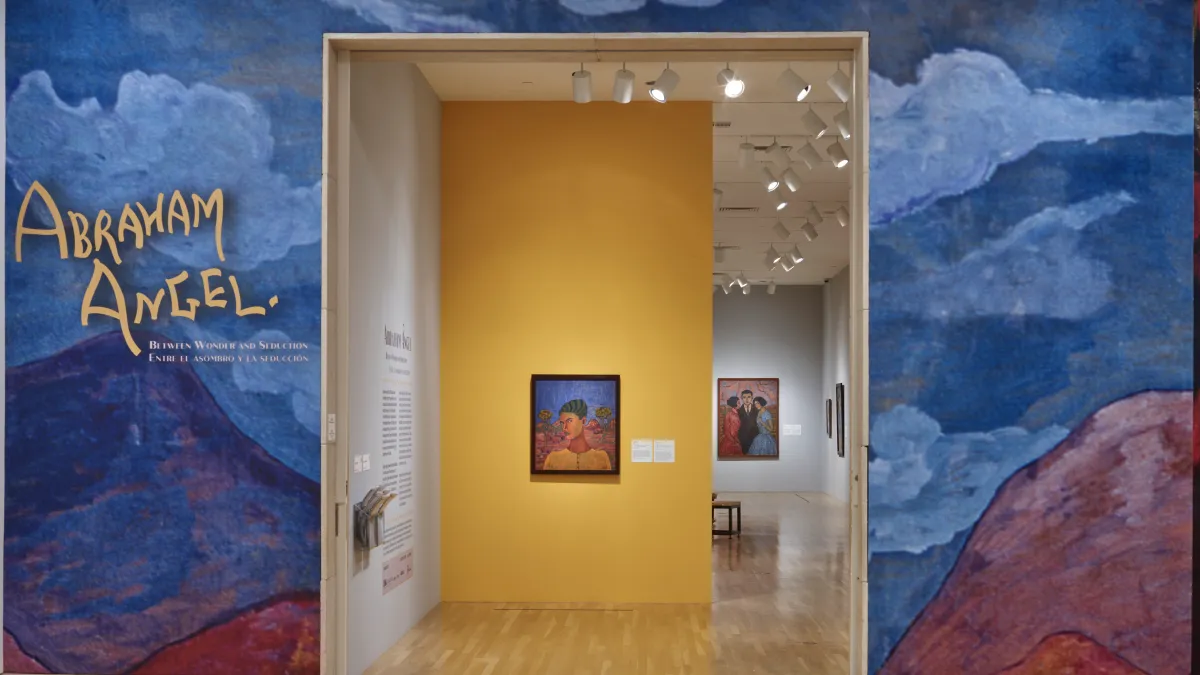Dallas, TX – In a celebration of the brief yet impactful career of Abraham Ángel, the Dallas Museum of Art has unveiled the first major survey of the Mexican artist’s work in over 35 years. Ángel, a significant figure in modern Mexican art during the early 1900s, created a body of work that encapsulates Mexico’s transformation from rural to modern society.
The exhibition, which features almost all of Ángel’s 24 paintings, is a poignant exploration of the artist’s exploration of identity and culture post-Mexican Revolution. Visitors to the museum are taken on a visual journey through themes of urbanization, the Bohemian subculture, and the societal shift from rural to urban environments, mirroring aspects of Ángel’s own life.
At the age of 16, Ángel embarked on a brief but impactful career, producing 24 paintings in just three years before his untimely death at 19. The exhibition showcases the artist’s rapid style evolution, from his early days under the mentorship of Adolfo Best Maugard to the development of his unique voice, marked by increasingly confident and complex compositions.
Maugard’s drawing method and the exposure to international modern art by mentor Manuel Rodriguez Lozano played pivotal roles in shaping Ángel’s artistic journey. The exhibition, a testament to Ángel’s evolution, boldly explores themes discussed by leading cultural figures of the 1920s.
A highlight of Ángel’s work is the exploration of personal identity, addressing the transition from rural to urban environments and the Bohemian subculture of Mexico City. His portraits, a vivid expression of his life, also provide insights into the acceptance found within the queer community during a time of social change.
The paintings, collectively, offer a snapshot of 1920s Mexican culture, providing a glimpse into a rapidly changing nation. The vibrant canvases depict urban growth, modernization, and the loosening of social norms, capturing the excitement and stimulation experienced by young people during that transformative period.
The Dallas Museum of Art’s exhibition serves not only as a tribute to Abraham Ángel’s artistic brilliance but also as a window into the cultural landscape of 1920s Mexico, inviting visitors to appreciate the profound impact of this young artist on the art scene of his time.










